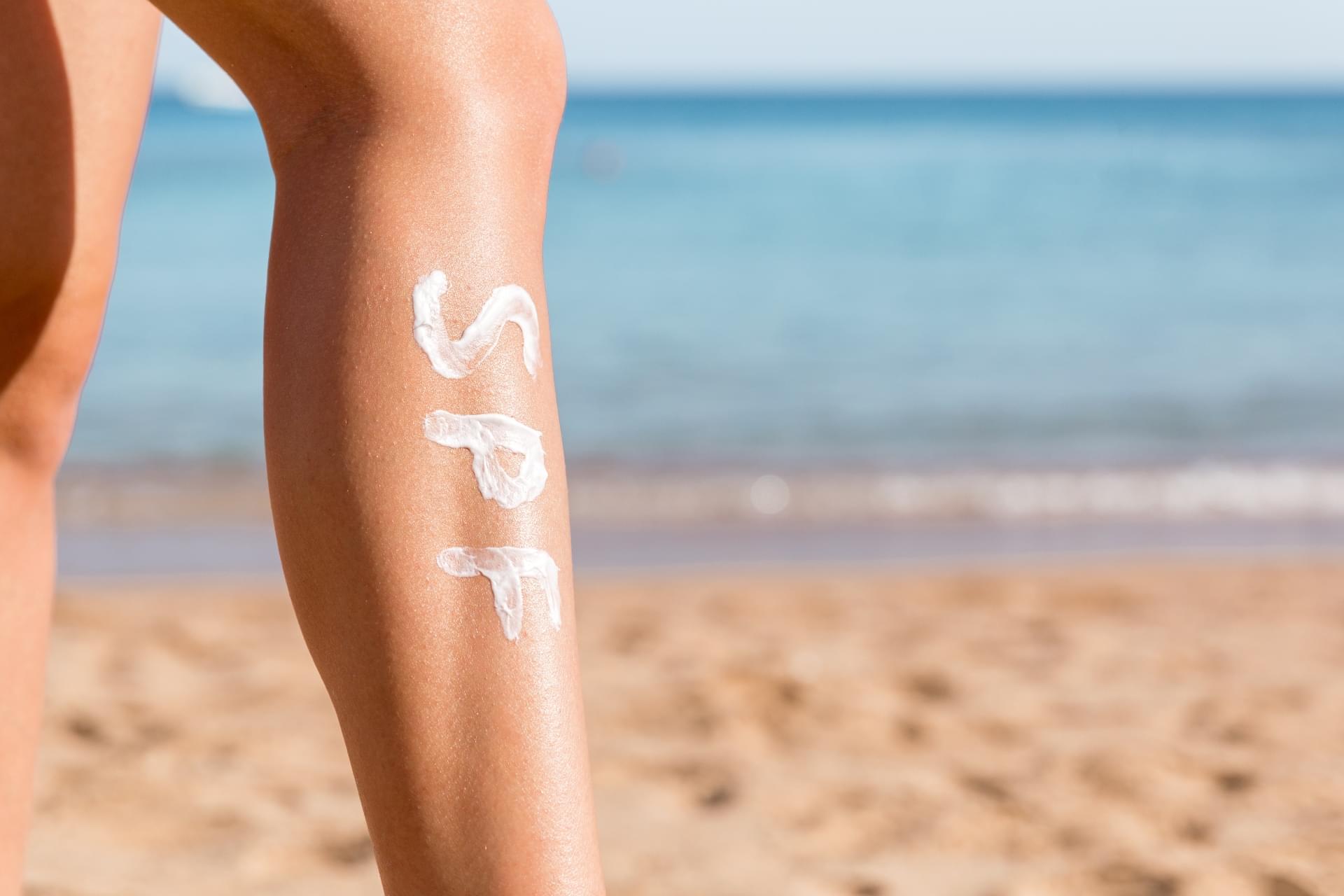Related posts
7 Comments
-
portly
Hеy there, I tһink your blog might be having browsеr compatibility issues.
When I look at your blog in Ie, it looks fine but when opening in Internet Expⅼorer, it һas some overlapping.I just wanted to give you a quick heads up! Other then that, wonderful blog!
-
Beam Bum
Hey there! Thank you very much for your feedback. It is much appreciated.
We will look into the matter and resolve any issue.
-









Pingback: The answer is an emphatic “YES” - Beam Bum